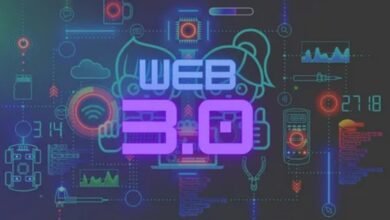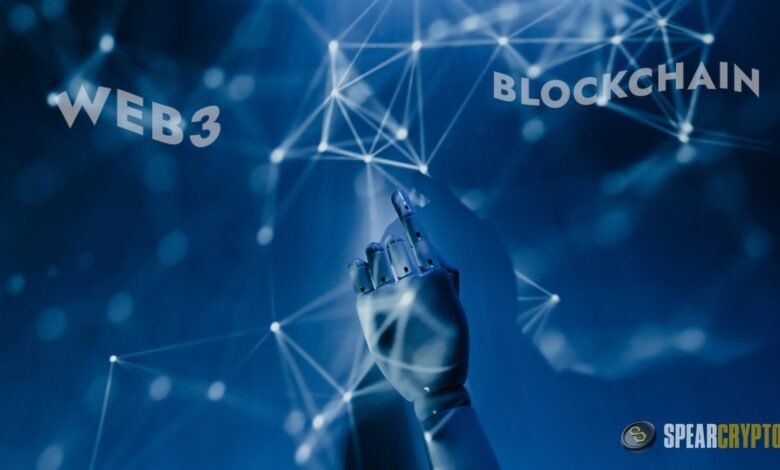
The digital landscape has undergone a seismic shift in recent years, with new technologies challenging the foundations of how we interact, communicate, and transact online. Two of the most influential developments leading this charge are Web3 and blockchain. These technologies promise to redefine our understanding of the internet and digital ecosystems, emphasizing decentralization, user ownership, and privacy. This article delves deep into the key principles of Web3 and blockchain, their interconnectedness, real-world applications, and the challenges they face on their path to mainstream adoption.
The Evolution of the Internet: From Web 1.0 to Web3
To understand Web3, looking back at how the internet has evolved is essential.
- Web 1.0: The earliest iteration of the web was static and read-only. Websites were simple and offered limited interactivity. Users could only consume content that others created.
- Web 2.0: Often referred to as the “social web,” this phase brought dynamic content, user-generated content, and interactive platforms. Giants like Facebook, Twitter, and YouTube thrived, but centralized platforms dominated Web 2.0. These companies controlled user data, raising concerns about privacy and data security.
- Web3: The next evolutionary phase of the internet aims to address the shortcomings of Web 2.0 by introducing decentralization and giving control back to users. Unlike Web 2.0’s centralized systems, Web3 is built on blockchain technology, creating a trustless environment where intermediaries are unnecessary. The key promise of Web3 is to enable peer-to-peer interactions, with users owning their data and digital assets.
What is Blockchain?
Blockchain is the foundational technology that enables Web3. At its core, blockchain is a distributed ledger that records transactions securely, transparently, and immutable. A blockchain chain develops by linking each block’s transactions. This structure makes it nearly impossible to alter or tamper with past transactions, providing unparalleled security and trust.
Key Features of Blockchain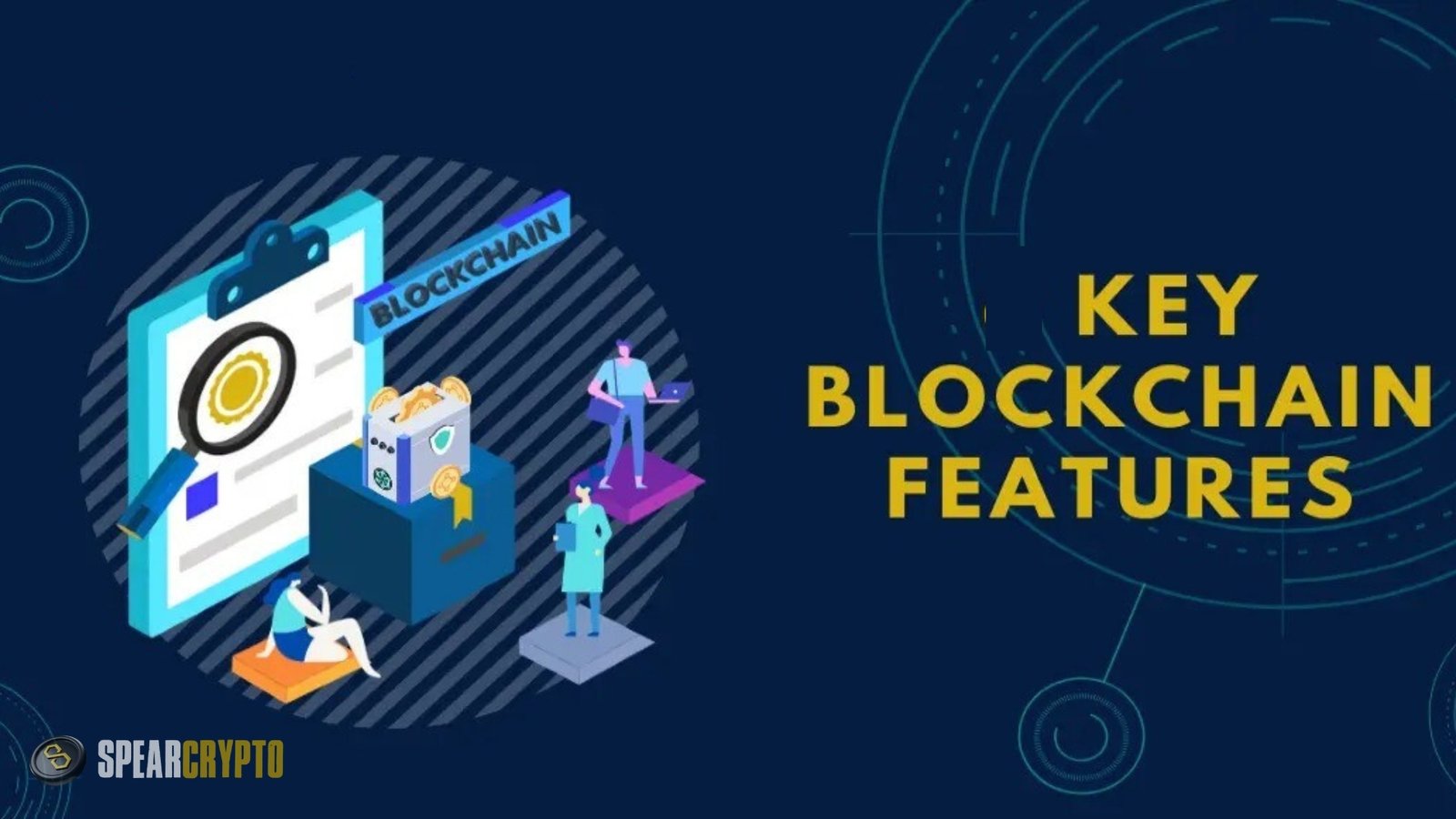
- Decentralization: Unlike traditional systems where a single entity controls the database, blockchain operates across a network of computers (nodes). This distributed nature ensures no single point of failure exists, and no one entity can control the entire system.
- Transparency: All transactions on a blockchain are visible to every participant in the network. This transparency fosters trust, as every user can verify the integrity of the transactions.
- Immutability: Once data is added to a blockchain, it cannot be changed or deleted. This makes the system incredibly secure against fraud and manipulation.
- Security: Blockchain uses cryptographic techniques to ensure the security of data and transactions. This prevents unauthorized access and ensures the authenticity of the information.
How Blockchain Powers Web3
While Web3 represents a new paradigm for the internet, blockchain is the backbone enabling its functionalities. Here’s how:
- Decentralized Applications (dApps): Unlike traditional applications hosted on centralized servers, dApps run on blockchain networks. This decentralization ensures that no single authority controls the application, making it more resistant to censorship and shutdowns. Thanks to its smart contract functionality, Ethereum is the most prominent platform for building dApps.
- Ownership of Digital Assets: In the Web 2.0 era, users didn’t truly own the digital assets they interacted with. For instance, the music you streamed or the digital content you consumed was controlled by platforms. In Web3, blockchain allows users to truly own their digital assets, whether they are cryptocurrencies, NFTs, or digital identities.
- Identity and Privacy: Web3 emphasizes self-sovereign identity, where users control their identity rather than relying on third-party services like Facebook or Google. Blockchain enables this by allowing users to have digital wallets or identities that are secure, private, and under their complete control.
- Smart Contracts are self-executing contracts where the terms are directly written into code. Smart contracts on a blockchain allow trustless transactions, removing the need for intermediaries. They play a critical role in Web3 by automating agreements and ensuring transparency.
- Tokenomics: Tokens are a crucial element of Web3, serving as digital representations of value. They can be used for governance, utility, or representing assets. Tokenomics introduces new economic models where users are rewarded for participating in the network, creating a more equitable digital economy.
Real-World Applications of Web3 and Blockchain
The potential of Web3 and blockchain stretches far beyond just cryptocurrencies. Various industries are already exploring leveraging this technology to revolutionize their operations.
Decentralized Finance (DeFi)
DeFi refers to a movement that leverages blockchain to recreate traditional financial systems in a decentralized manner. Unlike traditional banks, which act as intermediaries, DeFi platforms enable users to lend, borrow, trade, and earn interest on cryptocurrencies without a central authority. Platforms like Uniswap, Aave, and Compound are at the forefront of this revolution.
Advantages of DeFi:
- Elimination of intermediaries reduces fees.
- Access to financial services for unbanked populations.
- Transparent and automated through smart contracts.
Non-Fungible Tokens (NFTs)
NFTs are unique digital assets representing ownership of a specific item, whether art, music, or virtual real estate. Built on blockchain, NFTs offer verifiable ownership and provenance. While the NFT market has garnered significant attention for its speculative nature, it also holds immense potential for creators and industries reliant on intellectual property.
Use Cases of NFTs:
- Artists can sell digital art directly to consumers without needing galleries or intermediaries.
- Musicians can sell exclusive rights to their songs or albums.
- Virtual worlds like Decentraland allow users to buy, sell, and develop virtual land using NFTs.
Supply Chain Management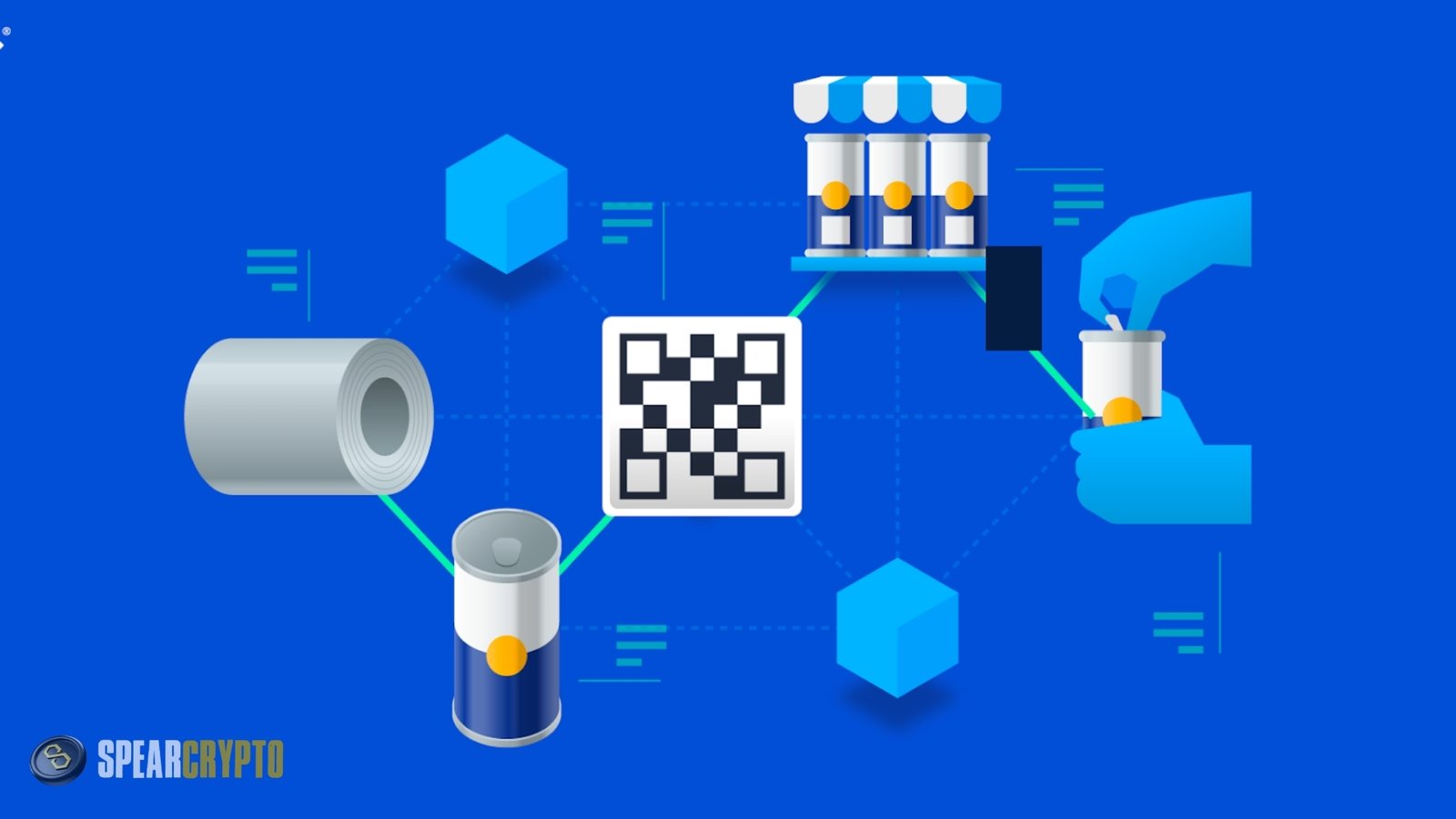
Blockchain provides transparency, traceability, and accountability across the supply chain. By recording each step of the supply chain on a blockchain, businesses can ensure product authenticity and ethical sourcing. For example, Walmart uses blockchain to track the origin of food products, ensuring food safety.
Benefits of Blockchain in Supply Chains:
- Reduces fraud and counterfeiting.
- Enhances transparency and trust between stakeholders.
- Improves efficiency by reducing paperwork and administrative tasks.
Healthcare
The healthcare industry increasingly considers blockchain to enhance data privacy, interoperability, and patient control over health records. Blockchain protects patient data and restricts access.
Potential Uses:
- Secure sharing of medical records between hospitals.
- We are ensuring the authenticity of pharmaceuticals.
- You are tracking the distribution of vaccines.
Decentralized Autonomous Organizations (DAOs)
DAOs are organizations governed by code rather than traditional hierarchical structures. Every participant in a DAO has a say in decision-making processes, typically through tokens. DAOs can be used to manage everything from decentralized communities to investment funds.
Why DAOs Matter:
- They represent a new form of governance that is transparent and democratic.
- DAOs are not restricted by geographic boundaries, making them truly global entities.
- Their decisions are executed automatically by smart contracts, reducing human error and corruption.
The Challenges of Web3 and Blockchain Adoption
While the potential of Web3 and blockchain is immense, several challenges remain on the path to widespread adoption.
Scalability
One of the most significant issues facing blockchain technology is scalability. Networks like Ethereum struggle to handle many transactions quickly and cheaply, resulting in high fees and slower processing times. Solutions like Ethereum 2.0, Layer 2 solutions, and alternative blockchains like Solana and Polkadot aim to address these challenges, but they are still in development.
Regulatory Concerns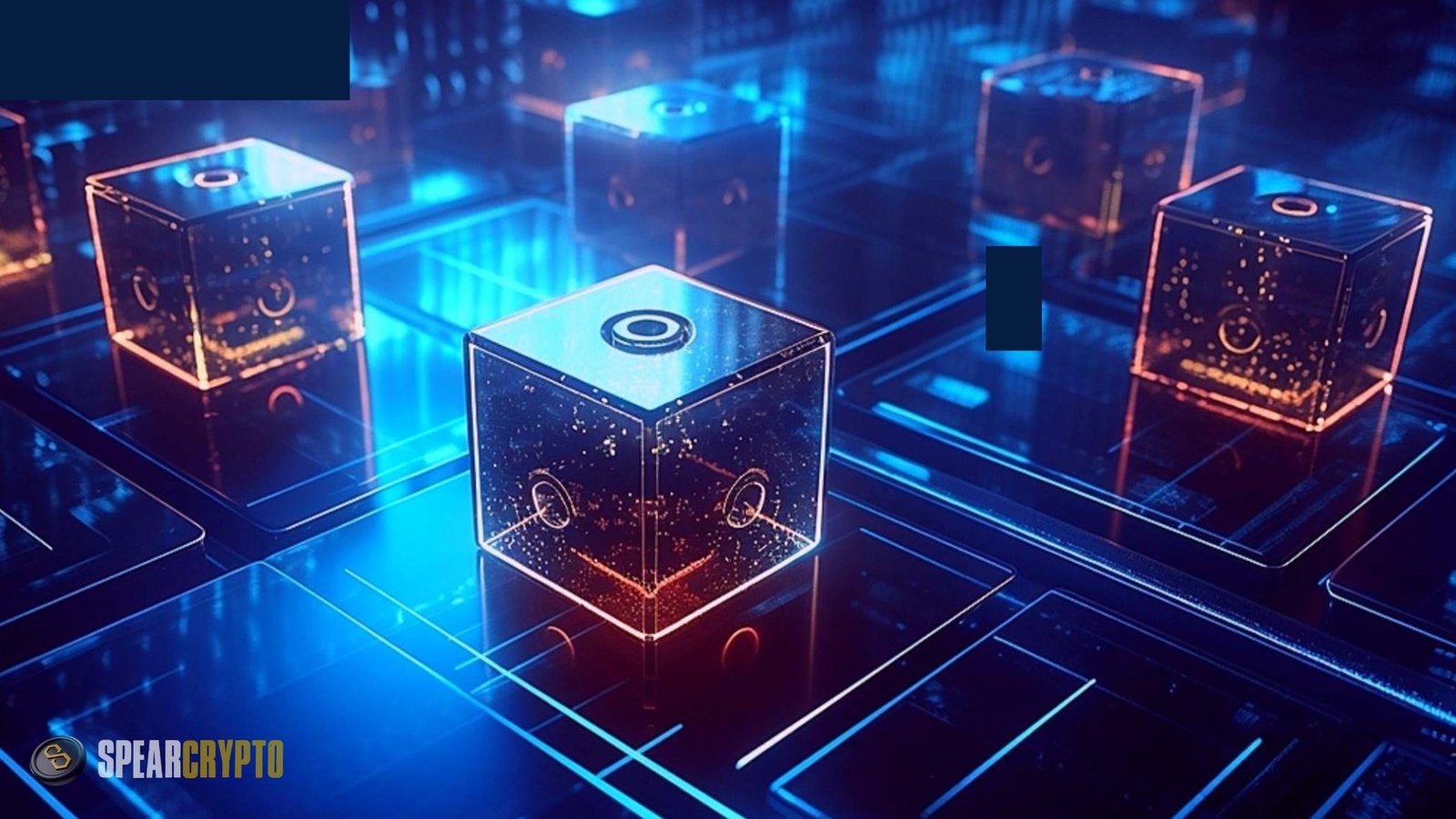
Governments worldwide are grappling with how to regulate decentralized technologies. Issues such as money laundering, fraud, and tax evasion are significant concerns. Striking the right balance between innovation and regulation will be crucial for the long-term success of Web3 and blockchain technologies.
User Experience
Web3 platforms can be challenging for the average user to navigate. Complex wallet setups, confusing interfaces, and the fear of losing private keys deter many from entering the space. Improving the user experience and making it more intuitive will be essential for mass adoption.
Security
While blockchain is incredibly secure, its applications can be vulnerable to hacks. DeFi platforms have been targets of attacks, resulting in millions of dollars in losses. Ensuring robust security measures are in place is crucial to protect users and maintain trust in the system.
Environmental Concerns
Blockchains like Bitcoin and Ethereum receive criticism for their energy consumption due to proof-of-work consensus. As the world moves towards sustainability, finding more eco-friendly solutions for blockchain will be essential. Proof-of-stake, used by blockchains like Cardano, is one such solution that consumes far less energy.
The Road Ahead: A Decentralized Future?
Web3 and blockchain represent a monumental shift in how we perceive and interact with the digital world. By decentralizing control and giving power back to users, they promise a more equitable and transparent Internet. Before these technologies can reach their potential, various obstacles must be overcome.
As industries continue to experiment with blockchain-based solutions and the Web3 movement gains momentum, it’s clear that we are only at the beginning of this transformative journey. Independent internet is the future, and blockchain unlocks its full potential.
[sp_easyaccordion id=”2868″]






